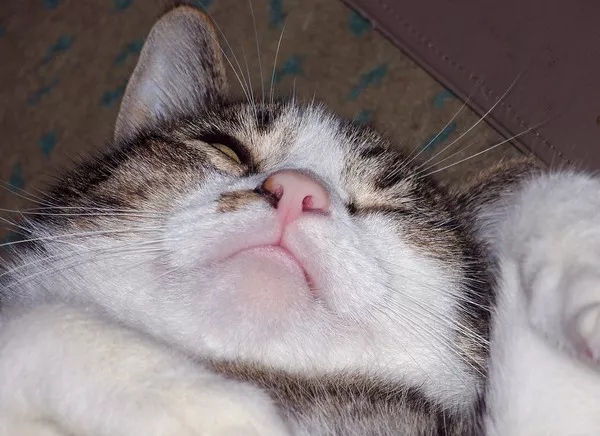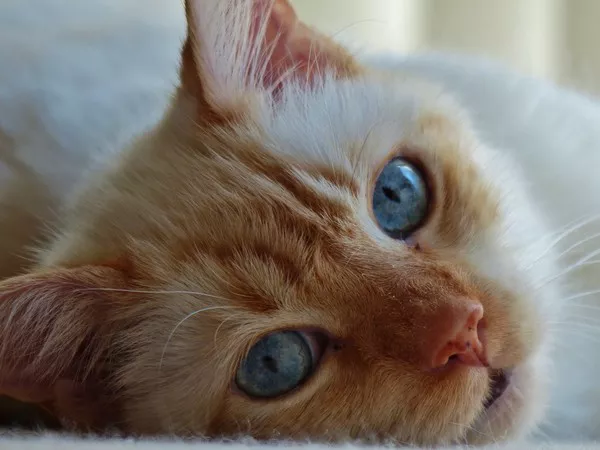Cats are often known for their discerning palates, and for many cat owners, the struggle of feeding a finicky feline can be a daily challenge. A cat’s dietary preferences can be influenced by a variety of factors, including genetics, early life experiences, health conditions, and even environmental changes. Understanding what to feed a finicky cat requires a blend of knowledge about feline nutrition, an appreciation for their unique tastes, and a bit of creativity. This essay explores the reasons behind finicky eating behaviors, offers practical feeding strategies, and provides insights into the best dietary options to ensure your cat remains healthy and satisfied.
Understanding Feline Finickiness
1. The Nature of Cats
Cats are obligate carnivores, meaning their diet must primarily consist of meat. Unlike dogs, which are omnivores, cats have evolved to thrive on high-protein diets. This biological imperative can contribute to their selective eating habits. A finicky cat may refuse food that does not meet their instinctual preferences for texture, aroma, and flavor.
2. Factors Influencing Finicky Eating
Several factors can lead to a cat developing finicky eating habits:
Genetics: Some breeds are known for being more particular about their food. For instance, Siamese cats are often noted for their strong preferences.
Early Experiences: Kittens learn about food from their mothers. If they are exposed to a variety of textures and flavors early on, they may be more adventurous eaters. Conversely, a limited diet during kittenhood can lead to a more selective adult.
Health Issues: Dental problems, gastrointestinal issues, or other health concerns can cause a cat to associate certain foods with pain or discomfort, leading to avoidance.
Environmental Changes: Stressful situations, such as moving to a new home, the arrival of a new pet, or changes in routine, can impact a cat’s appetite.
Food Quality: Cats can be sensitive to the quality of their food. They may reject lower-quality brands or foods that lack appealing ingredients.
Identifying Preferences
1. Observing Behavior
To cater to a finicky cat, it’s essential to observe their eating habits closely. Note what types of food they prefer, how they react to different textures (wet vs. dry), and their willingness to try new flavors. Keeping a food diary can help identify patterns and preferences.
2. Texture and Temperature
Cats often have strong preferences for certain textures. Some may prefer crunchy kibble, while others might favor soft, moist food. Additionally, serving food at room temperature can enhance its aroma, making it more appealing to a finicky eater.
Feeding Strategies
1. Gradual Introduction
When introducing new foods, do so gradually. Mix a small amount of the new food with their current favorite. Over time, increase the proportion of the new food while decreasing the old. This method helps cats adjust without feeling overwhelmed.
2. Variety is Key
Offering a variety of flavors and textures can entice a finicky cat to eat. Rotate between different brands and types of food, including wet, dry, and raw options. This variety can prevent boredom and stimulate their interest in food.
3. Interactive Feeding
Engaging a cat during mealtime can make eating more appealing. Use puzzle feeders or food-dispensing toys to encourage them to work for their food. This not only makes mealtime more stimulating but also mimics their natural hunting instincts.
4. Homemade Diets
For some cats, a homemade diet may be more appealing than commercial options. If considering this route, consult with a veterinarian to ensure the diet is balanced and meets all nutritional needs. Cats may enjoy cooked chicken, turkey, or fish as occasional treats.
The Role of Treats
1. Choosing the Right Treats
Treats can be a powerful tool for coaxing a finicky cat to eat. Look for high-quality, protein-rich treats made from real meat. Freeze-dried options can be particularly enticing due to their concentrated flavors and crunchy texture.
2. Using Treats Strategically
Incorporate treats into your feeding routine. Use them as a reward for trying new foods or mix them into regular meals to enhance flavor. However, be cautious not to overdo it, as excessive treats can lead to nutritional imbalances.
Special Dietary Considerations
1. Health Issues
If a cat is consistently finicky, it’s essential to rule out any underlying health issues. Regular veterinary check-ups can help identify problems such as dental disease, food allergies, or gastrointestinal disorders. If a health issue is diagnosed, your vet can recommend specific dietary changes.
2. Age-Related Changes
As cats age, their dietary needs may change. Senior cats may require softer food or diets formulated for their age group. Pay attention to any changes in eating habits and consult your veterinarian for appropriate dietary adjustments.
Commercial Cat Foods: A Review
1. Wet vs. Dry Food
Both wet and dry foods have their advantages and disadvantages. Wet food is often more palatable and provides additional moisture, which is beneficial for urinary tract health. Dry food, on the other hand, can help with dental health due to its crunchy texture.
2. Grain-Free Options
Some cats may have sensitivities to grains, making grain-free diets an appealing option. However, it’s crucial to ensure that these diets contain adequate protein and nutrients. Always check with a veterinarian before making significant dietary changes.
3. Premium vs. Budget Brands
Investing in high-quality cat food can make a significant difference in a finicky cat’s willingness to eat. Premium brands often use better ingredients and are formulated to appeal to a cat’s natural preferences. Look for foods that list real meat as the first ingredient and avoid fillers and artificial additives.
Conclusion
Feeding a finicky cat can be a complex and sometimes frustrating endeavor. However, by understanding their preferences, employing strategic feeding practices, and being mindful of their health needs, cat owners can create a satisfying and nutritious diet for their beloved pets. Remember, patience and persistence are key. With time and effort, even the most finicky feline can find joy in mealtime, leading to a happier, healthier life.
Related topic:



























